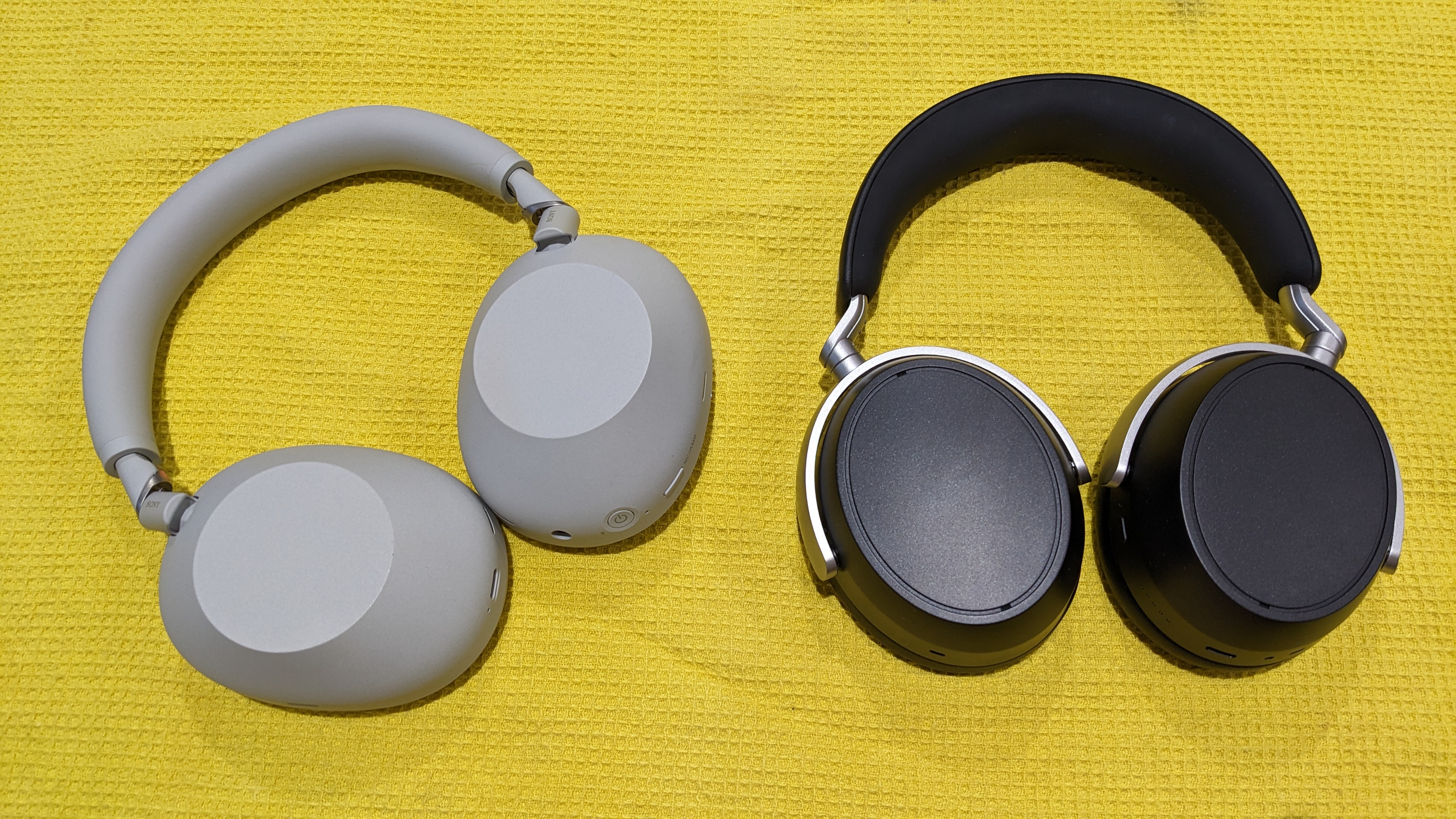Tom's Guide Verdict
The Ringconn Gen 2 Air is a great entryway into the world of smart rings and at-home wellness monitoring. It's priced at less than $200 and has no subscription costs, yet it provides a load of sleep-tracking insights, including time spent in REM, heart rate, respiratory rate, and heart rate variability. Fitness-tracking features, however, are lacking. That said, battery life is near best-in-class and the Gen 2 Air is durable, though not the comfiest smart ring I've tested.
Pros
- +
Affordable price and no subscription costs
- +
Detailed sleep insights
- +
24/7 vitals monitoring
- +
Over a week of battery per charge
Cons
- -
Protruding sensors on the inside of the ring are a little uncomfortable
- -
Limited fitness-tracking features
- -
Only two color options
Why you can trust Tom's Guide
I've been testing the Ringconn Gen 2 Air smart ring for a few months, and I'm convinced that it's one of the best entry-level smart rings available in 2025, alongside the Amazfit Helio Ring.
Priced at $199 and subscription-free, the Gen 2 Air represents the cheaper, entry-level alternative to the $299 Ringconn Gen 2.
Despite the wallet-friendly price, the Ringconn Gen 2 Air offers impressive specs and features, like a ten-day battery life rating, 100 meters of water resistance, in-depth sleep tracking reports with a daily Sleep Score, 24/7 wellness monitoring for heart rate and blood oxygen saturation, and a lightweight, tough-built design.
It also plays nicely with both Android and iOS devices. In fact, this capable little device has three serious advantages over the best smart ring available today, the Oura Ring 4. Read on to find out exactly what they are.
But first, a quick smart ring specifications comparison table...
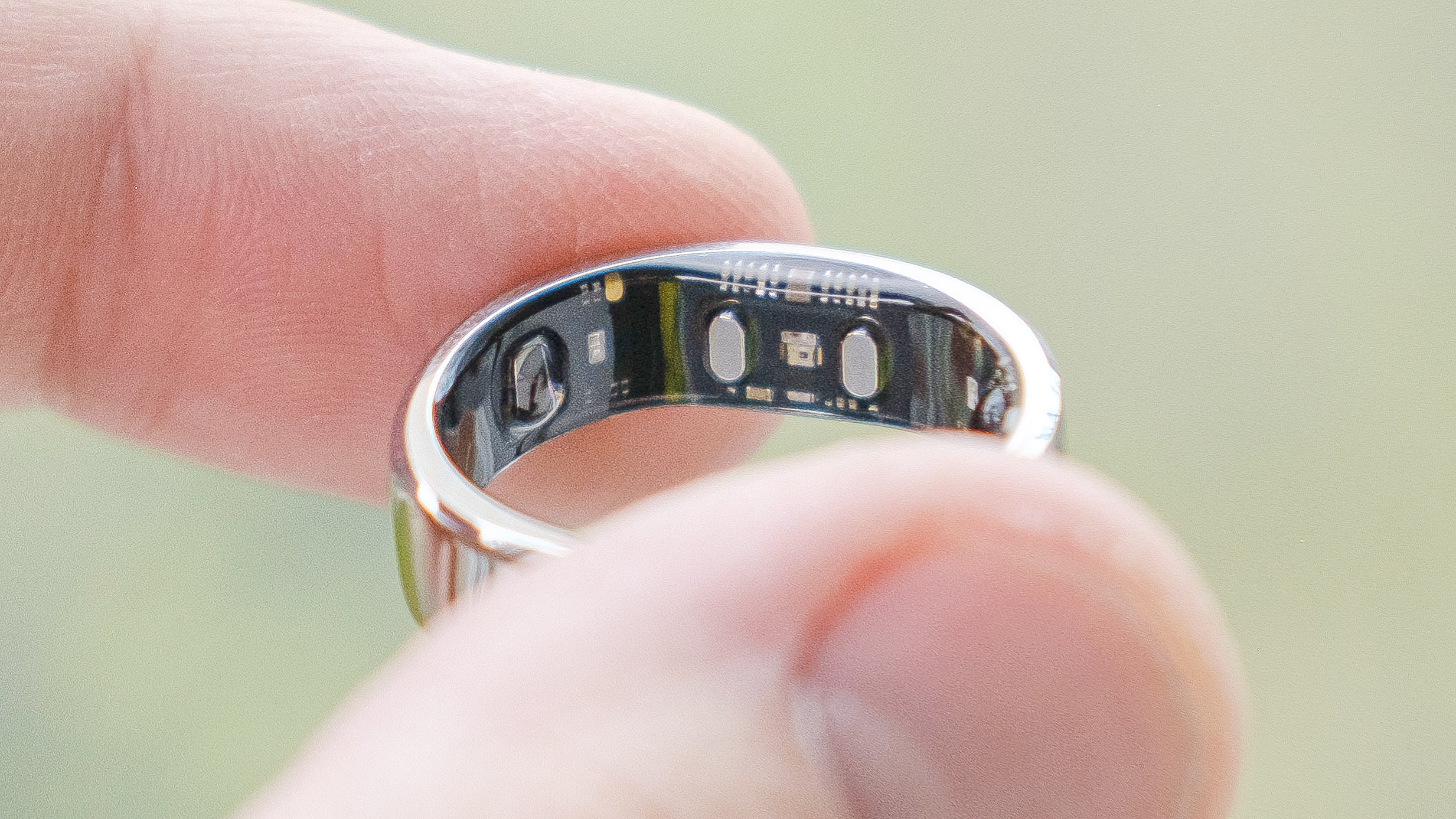
Ringconn Gen 2 Air review: Specs compared
| Header Cell - Column 0 | Ringconn 2 Air | Ringconn 2 | Oura Ring 4 | Amazfit Helio Ring |
|---|---|---|---|---|
Starting price | $199 | $299 | $349 | $199 |
Subscription | No | No | Yes | No |
OS compatibility | Android, iOS | Android, iOS | Android, iOS | Android, iOS |
Weight | 2.5 - 4 g | 2 - 3 g | 3.3 - 5.2 g | 3.8 g |
Sizes | 6 - 14 | 6 - 14 | 4 - 15 | 8, 10, 12 |
Finishes | Gold, Silver | Black, Gold, Silver | Gold, Rose Gold, Silver, Brushed Titanium, Black, Stealth | Silver |
Battery life rating | 10 days | 10 - 12 days | 8 days | 4 days |
Water resistance | 100 meters | 100 meters | 100 meters | 100 meters |
Material | Stainless steel | Titanium alloy | Titanium | Titanium alloy |
Ringconn Gen 2 Air review: Price
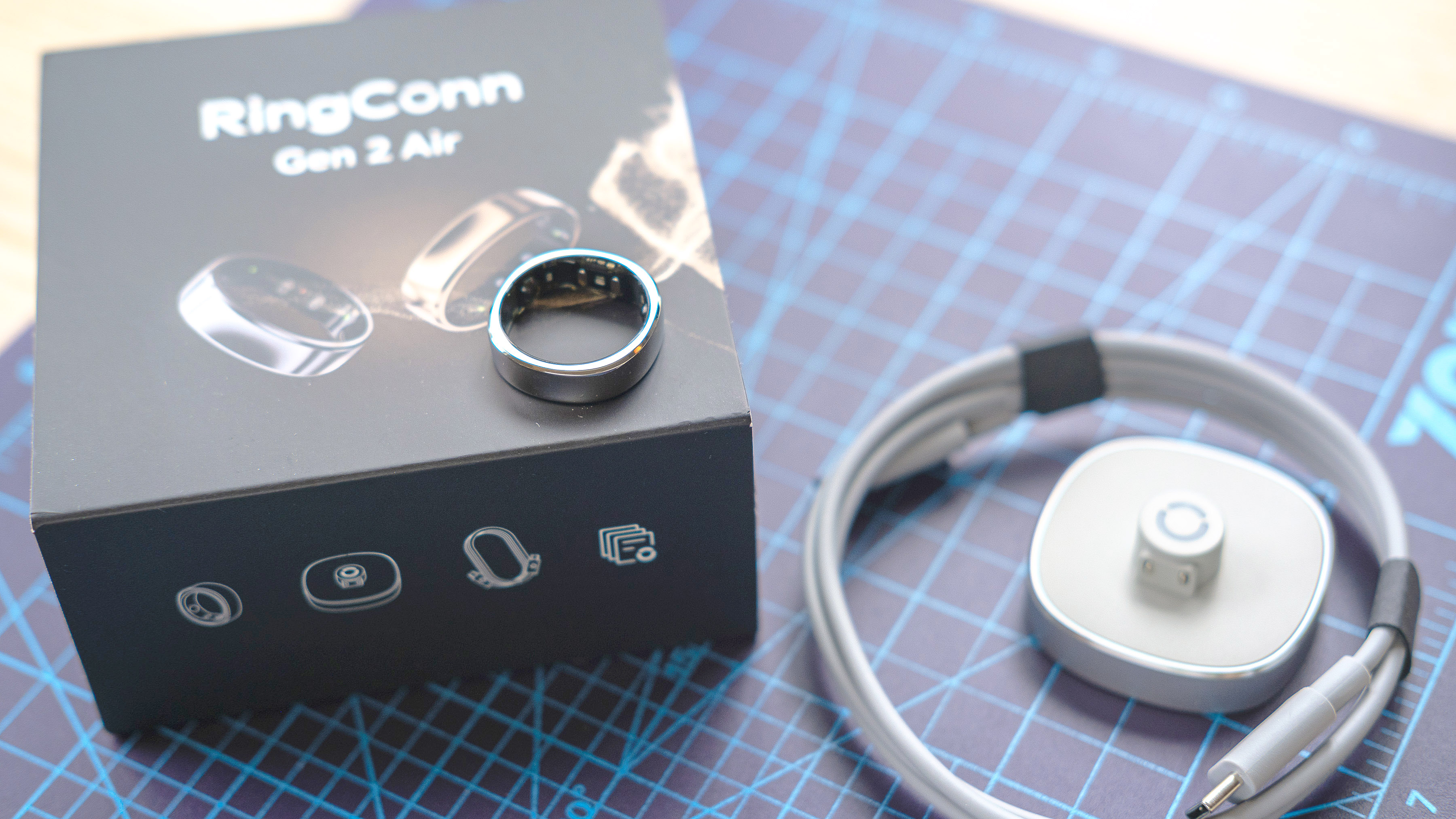
The Ringconn Gen 2 Air is cheaper than the Oura Ring both upfront and in the long run.
Priced at $199, the Ringconn Gen 2 Air is $100 cheaper than its higher-end sibling, the standard Ringconn Gen 2 — more on what sets them apart below — and $150 cheaper than the most affordable Oura Ring 4 option.
While the Oura Ring costs an additional $5.99 per month to access health insights in the Oura app, Ringconn doesn't charge a subscription. This means that the Ringconn Gen 2 Air is cheaper than the Oura Ring both upfront and in the long run.
Get instant access to breaking news, the hottest reviews, great deals and helpful tips.
Ringconn Gen 2 Air review: Comfort and durability
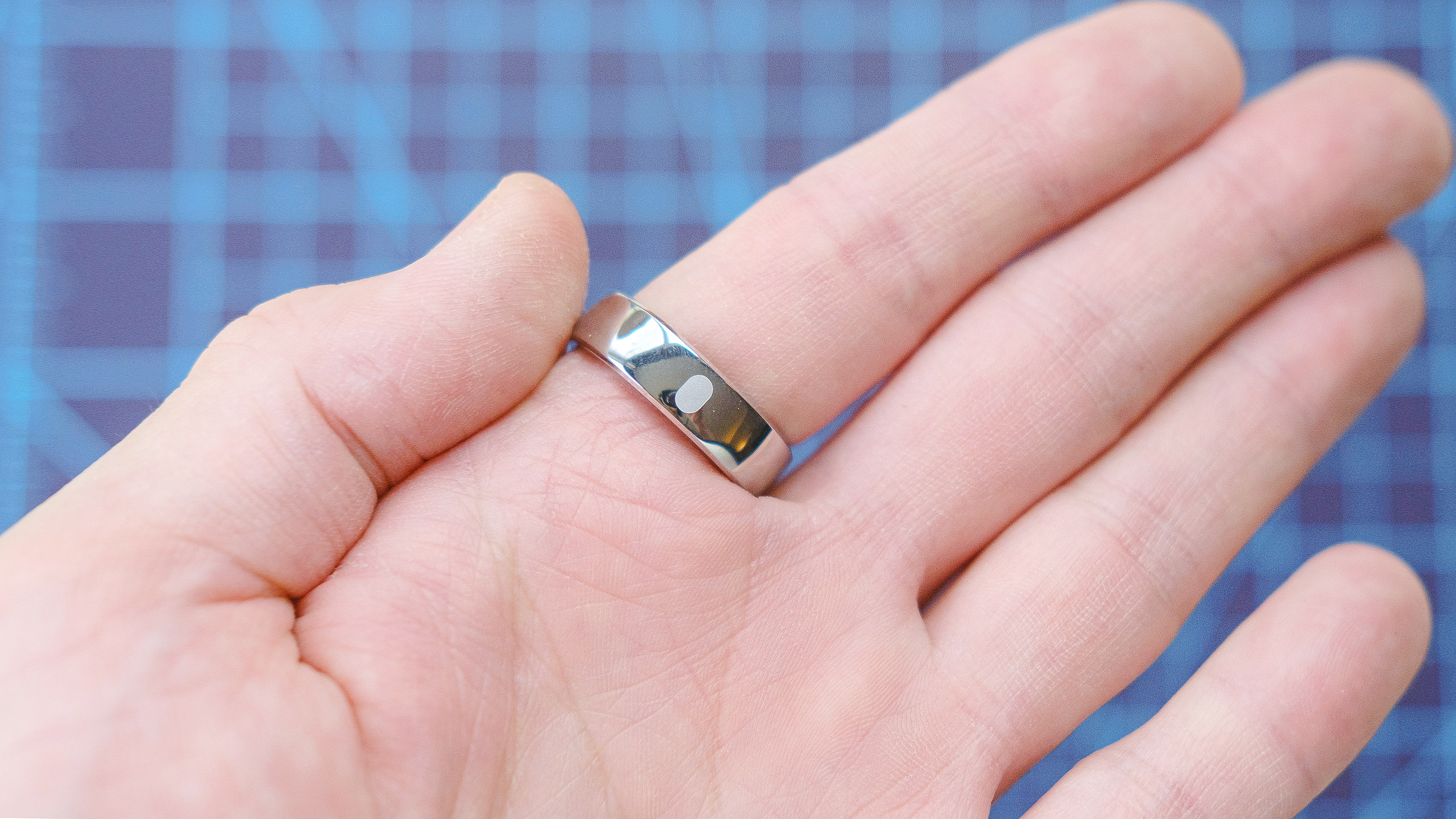
The second advantage the Ringconn Gen 2 Air offers over the Oura Ring 4 is a lighter overall design. With sizes ranging from 6 to 14, the Air weighs between 2.5 and 4 g. That's about half a gram heavier than the standard Ringconn Gen 2, which is ironic given the 'Air' in the cheaper model's name... but I digress.
More notably, the Ringconn Gen 2 Air is roughly a gram lighter than the Oura Ring 4 across the board. The Oura Ring 4, which varies in weight from 3.3 g to 5.2 g, does come in a wider range of sizes than the Gen 2 Air, 4 through 15. It's also available in a greater selection of styles.
Still, the durability between the two smart rings should be a match. Both boast 100 meters of water resistance and all-metal exteriors. The Air uses comparably cheaper stainless steel in its construction compared to the Oura Ring 4's all-titanium build. However, both metals are sufficiently abrasion- and impact-resistant.
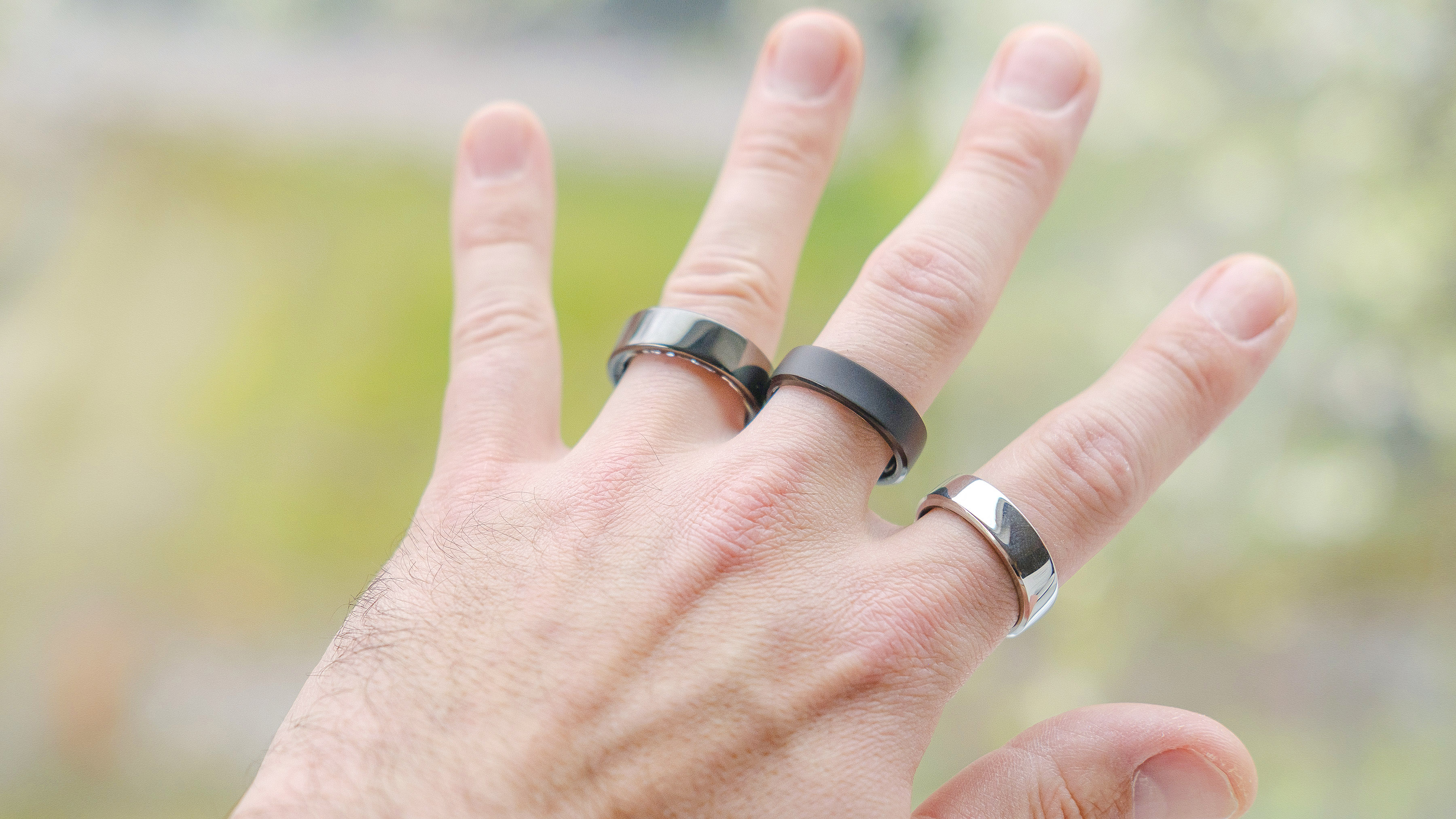
The Ringconn Gen 2 Air feels just as well-made in-hand as any smart ring I've encountered, and I have no doubt it could survive the inevitable several-foot drop from my dresser/nightstand to the hardwood floor, something that's become an unofficial smart ring durability test. Indeed, after months of wear-testing (no drops yet), it remains relatively blemish-free.
An oval shape marking on the ring's surface indicates where the sensors are, which eliminates the guesswork from putting it on in the correct orientation.
The sensors on the inside of the ring protrude slightly on the Gen 2 Air. This was something that didn't bother me at first, but after a week of continuous wearing, I found the sensors left small indentations in my finger. So, while the Gen 2 Air may be lighter than the Oura Ring 4, it's not quite as comfortable.
Ringconn Gen 2 Air review: Tracking sleep and vitals
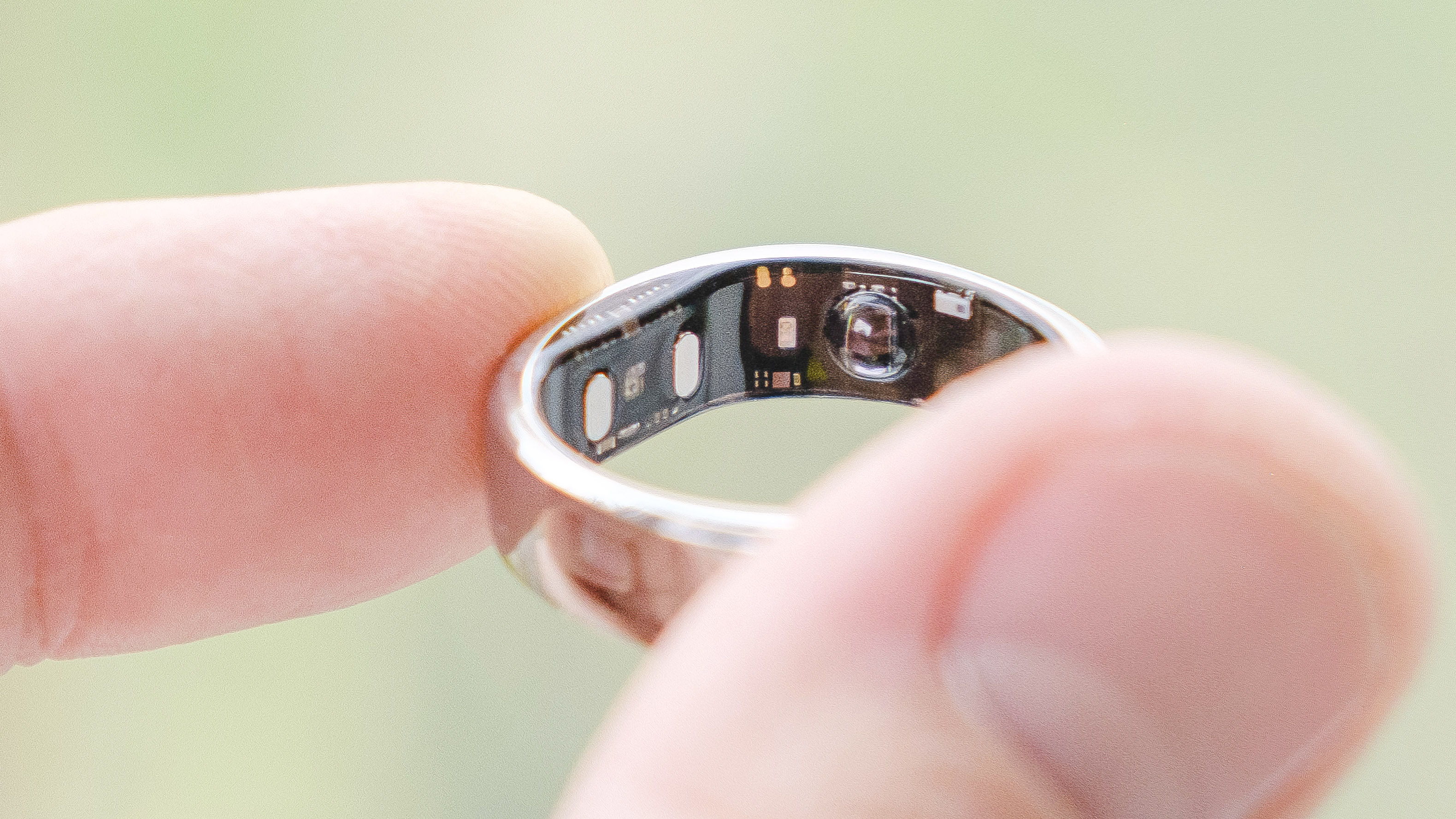
Feature-wise, where the Ringconn Gen 2 Air shines is sleep-tracking. Every morning, you're greeted with a fairly detailed sleep report, similar to what you get from Oura or Samsung.
This report includes a Sleep Score out of 100, along with an overall Wellness Score, similar to Samsung's Energy Score or Garmin's Body Battery. Other daily metrics include a Relax Status and a Vitals Status, both of which are also on a scale from one to 100.
I scored an 82 sleep score on my most recent Gen 2 Air sleep report. That's considered "good," according to Ringconn. My time asleep that night was a lengthy eight hours and 40 minutes, while my "sleep efficiency ratio" was 88%. The latter is calculated by dividing the time spent in bed by the time spent actually sleeping.
Users can also subjectively rate their sleep quality from within their daily sleep report on a scale from one to ten, with seven to ten being considered "optimal."
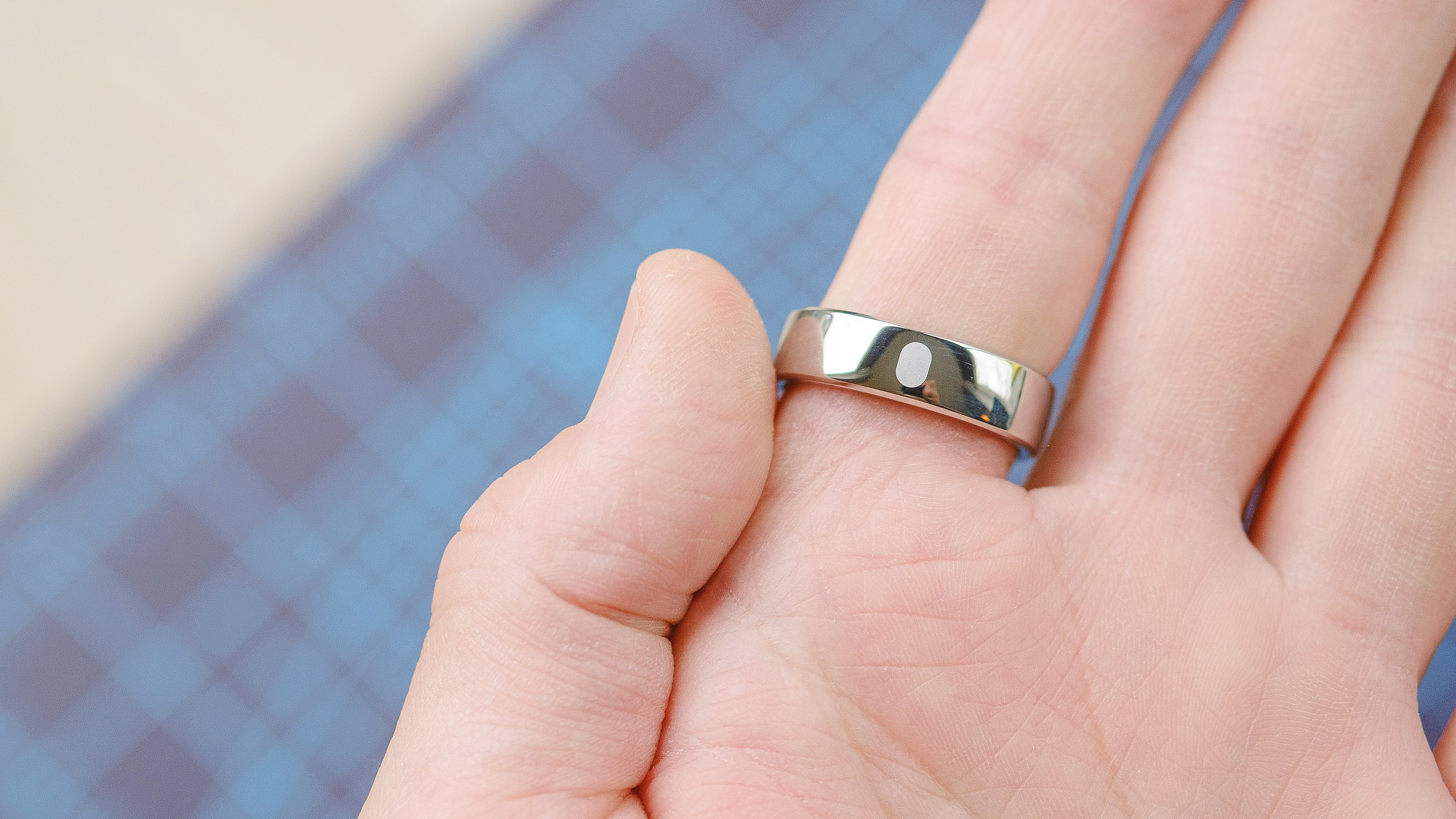
Each of these metrics is accompanied by a short message or explainer, like “Good sleep makes you energetic” or " If you feel tired, consider taking a short nap or going to bed early.”
These aren't particularly useful.
In addition to time spent asleep versus awake, users can also see how much time they spent in REM versus deep sleep versus light sleep. Other sleep report metrics include your average heart rate, heart rate variability, blood oxygen levels and skin temperature. Better yet, each of these metrics gets automatically and dynamically compared to your most recent seven-day average so that you can better spot any troubling changes.

Note, unlike the pricier Ringconn Gen 2, the Air does not offer sleep apnea detection.
Outside of sleep reports, the companion Ringconn app also provides insights into your daily activity based on steps taken, calories burned and workouts logged. It additionally tracks your stress levels based on heart rate and HRV.
The Ringconn Gen 2 Air can even alert you to any abnormalities it detects in your vitals, thanks to 24/7 heart rate, SpO2 and heart rate variability tracking.
For example, while testing the smart ring, I received just one notification of a "minor outlier" in my vitals regarding slightly lower than normal blood oxygen readings for a short period while I slept. However, I'm still not quite certain what triggered it.
For women's health, an onboard temperature sensor monitors subtle changes in your body temperature to predict menstrual cycles, a tool you'll find on most of the best smart rings.
Ringconn Gen 2 Air review: Fitness tracking
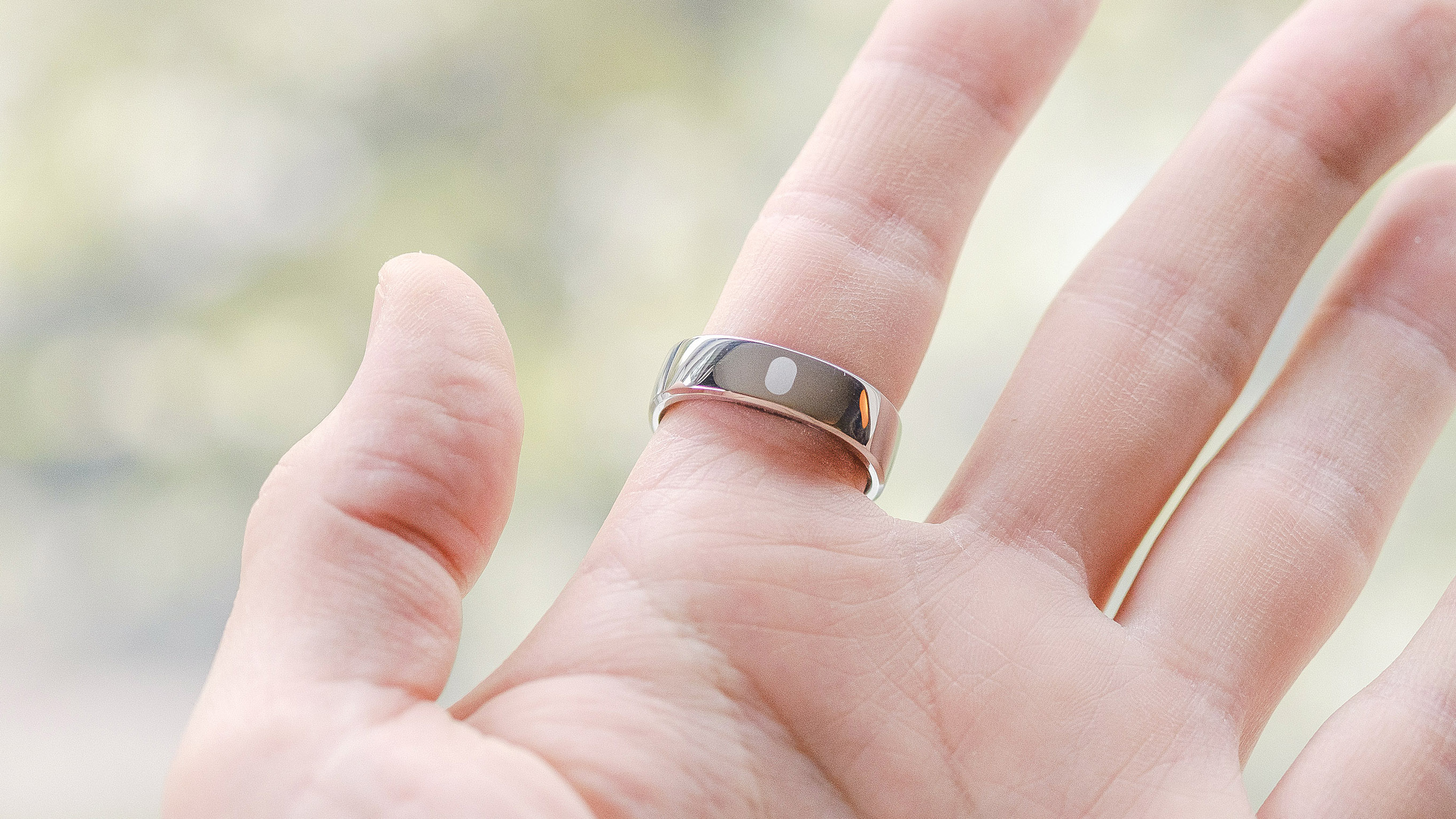
While the Ringconn Gen 2 Air does an impressive job keeping tabs on sleep and vitals, it's less well-suited to tracking physical activity. For example, there are only six workout modes: Outdoor running, Indoor running, Indoor cycling, Outdoor cycling, and Outdoor Walk. Like most smart rings, there's also no onboard GPS for location tracking, so you'll need to carry a paired smartphone.
The Gen 2 Air is pretty good at detecting walks and runs, I didn't test biking, but post-workout insights are severely lacking. For example, on a recent walk, the Ringconn Gen 2 Air generated fairly accurate step-count and heart rate data (compared to my Apple Watch 10), calories burned, time spent moving, and... not a whole lot else.
There's no distance, pace or elevation data, and nothing by way of workout recovery advice.
Ringconn Gen 2 Air review: Battery life

The third advantage the Ringconn Gen 2 Air offers over the Oura Ring 4 is better battery life, with a rating of ten days compared to eight for the Oura. Of course, both of these ratings need to be taken with a grain of salt, as real-world battery life is almost always less than advertised.
In reality, while testing the Oura Ring 4, my colleague Kate found it averaged roughly six days of battery before needing a top-off. I've been getting about eight days per charge out of the RingConn Gen 2 Air, so not quite as advertised, but still better than the latest Oura Ring.
It's worth mentioning that battery life is another one of the key differences between the standard Ringconn Gen 2 and the Air (along with weight). The pricier option not only lasts up to an advertised 12 days per charge, but also ships with a nifty rechargeable clamshell storage case that can recharge the ring between 12 and 15 times.
Ringconn Gen 2 Air review: Verdict
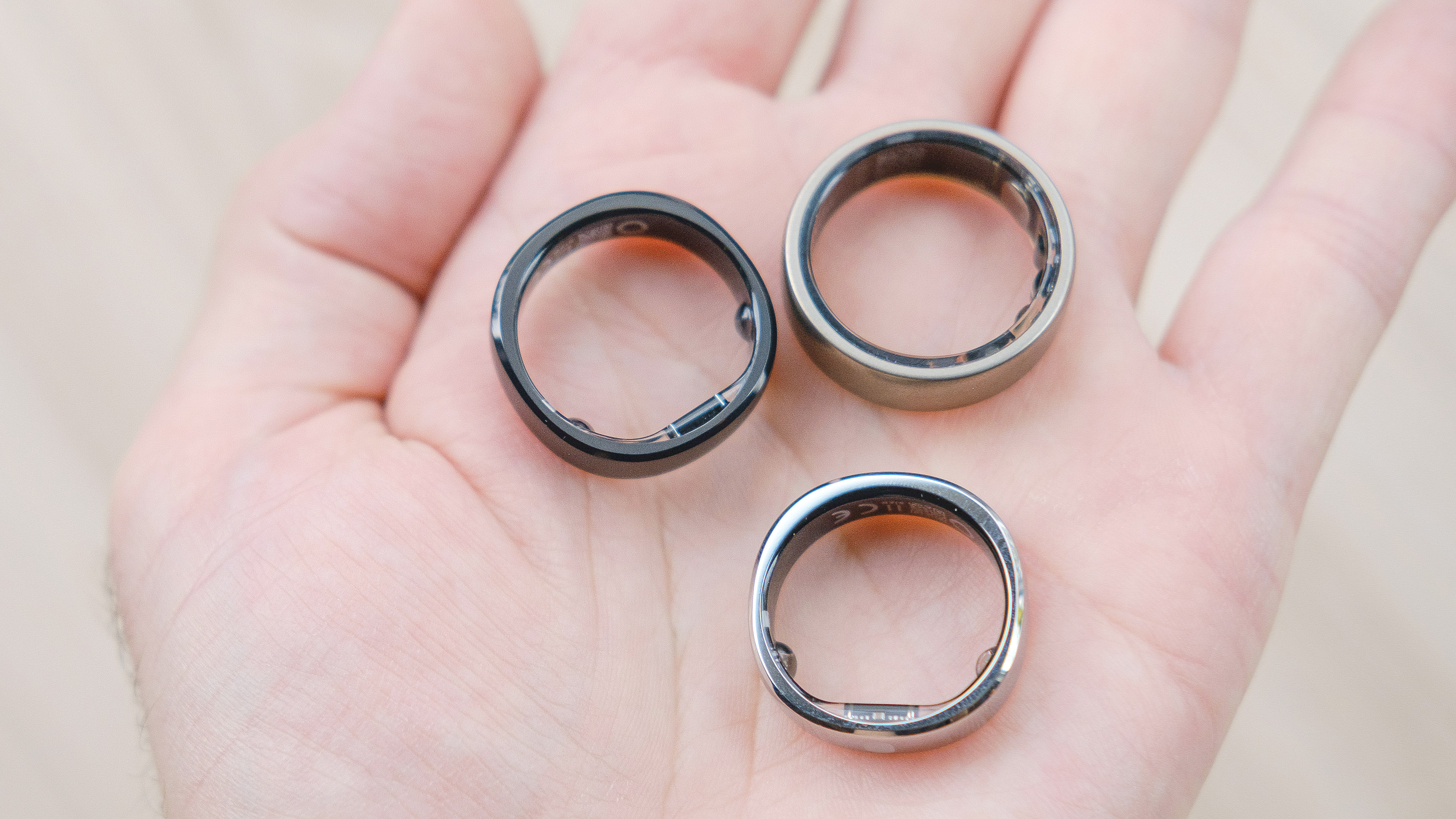
As a tech nerd who writes about smart rings for a living, people often ask, "Dan, what's the least I can spend on a reliable smart ring?"
Up until this point, my answer has been the $199 Amazfit Helio Ring, which is also subscription-free. However, with better battery life, a lighter design and similar wellness insights, the Ringconn Gen 2 Air is my new favorite entry-level smart ring for 2025. It also comes in a wider range of sizes.
The Gen 2 Air may not offer nearly the same depth of holistic data as the latest Oura Ring 4, but it is lighter, cheaper and longer-lasting.
That said, the Ringconn Gen 2 Air lacks the sleep apnea detection of its pricier (but also subscription-free) big bro, the Ringconn Gen 2. The device is also pretty limited when it comes to fitness tracking modes and metrics, and the autogenerated bits of holistic advice could use some serious expanding.
Even still, for the smart ring curious, the Ringconn Gen 2 Air gets my recommendation.

Dan Bracaglia is the Tom’s Guide editorial lead for all things smartwatches, fitness trackers and outdoor gear. With 15 years of experience as a consumer technology journalist testing everything from Oura Rings to instant cameras, Dan is deeply passionate about helping readers save money and make informed purchasing decisions. In the past year alone, Dan has assessed major product releases from the likes of Apple, Garmin, Google, Samsung, Polar and many others.
An avid outdoor adventurer, Dan is based in the U.S. Pacific Northwest where he takes advantage of the beautiful surroundings every chance he gets. A lover of kayaking, hiking, swimming, biking, snowboarding and exploring, he also makes every effort to combine his day job with his passions. When not assessing the sleep tracking and heart rate accuracy of the latest tach gadgets, you can find him photographing Seattle’s vibrant underground music community.
You must confirm your public display name before commenting
Please logout and then login again, you will then be prompted to enter your display name.

